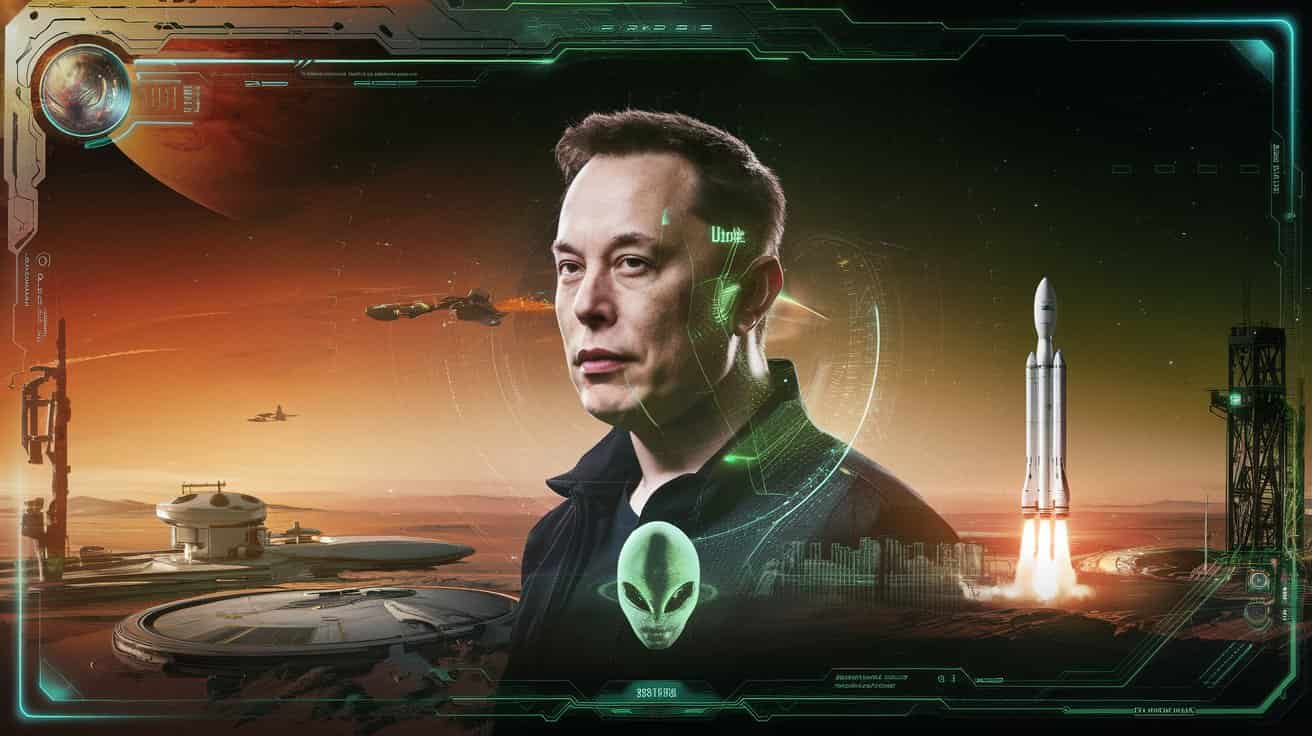Tesla Faces Tough Competition as Q3 Deliveries Fall Short
In the third quarter of 2024, Tesla reported impressive yet mixed results, delivering a total of 462,890 vehicles. While this figure represents a 6.4% increase compared to the previous quarter, it fell short of analyst expectations, which had predicted 469,828 deliveries. Tesla’s production for the quarter was close to 470,000 vehicles, highlighting its capacity for growth, but the disparity between expectations and actual results hints at underlying challenges.
Despite the growth, Tesla is facing mounting pressures as it contends with rising competition from both domestic and international rivals. These dynamics are shifting the electric vehicle (EV) landscape, and Tesla must adapt swiftly to maintain its leadership position in the ever-evolving market.
Tesla’s Growth in Context
Tesla’s quarterly delivery numbers show an upward trajectory compared to last year, but they reveal a complex reality. The company delivered fewer vehicles than predicted in an environment where EV adoption is accelerating globally. The automotive giant’s ability to produce approximately 469,796 vehicles in the quarter reflects strong operational efficiency, but its delivery shortfall underscores the challenges it faces in meeting ever-increasing market demands and competing with a growing number of formidable players.
The electric vehicle market has witnessed an explosion in demand over the past few years, and companies like Tesla have been at the forefront of this transition. However, as the market matures, Tesla is encountering a growing array of competitors eager to capitalize on the EV boom.
The Rise of Competitors: An Increasingly Crowded Field
China: A Hotbed for Local Automakers
Tesla’s growth is being challenged on multiple fronts, particularly in China, the world’s largest EV market. Local manufacturers such as BYD and Xpeng have been making significant strides, thanks to strong backing from the Chinese government in the form of aggressive subsidies for EV production. These subsidies have allowed local automakers to offer competitive prices, making it difficult for Tesla to maintain its market share without compromising on profit margins.
As competition heats up in China, Tesla faces the dual challenge of retaining its customer base while navigating shifting geopolitical dynamics. Rising competition, combined with slowing consumer spending in the region, has led to a drop in Tesla’s quarterly deliveries in the Chinese market. This trend could have far-reaching implications for Tesla’s performance if it cannot regain its momentum.
Europe: BMW Surpasses Tesla in EV Sales
In Europe, a significant change is underway. BMW has recently surpassed Tesla in battery electric vehicle (BEV) sales, indicating a shift in the market. This represents a crucial moment for Tesla, which had long held the crown as the leading seller of electric cars in the region. The rise of legacy automakers like BMW, alongside newer entrants such as Volkswagen, further complicates Tesla’s position in the European market.
As European consumers demand more variety in electric vehicle options, the competition for Tesla has become fiercer. Additionally, evolving EU regulations regarding emissions and sustainability are encouraging automakers to ramp up their EV production, making it essential for Tesla to find ways to differentiate itself.
U.S. Market: Ford and GM’s Electric Push
In the U.S., Tesla’s home turf, the competitive landscape is becoming increasingly saturated. Established players like Ford and General Motors (GM) are pushing forward with their own electric vehicle offerings, creating a more competitive environment for Tesla. Both Ford and GM have introduced a range of electric models that cater to various segments, from mass-market vehicles to luxury EVs, which could erode Tesla’s market share if the company doesn’t adapt quickly enough.
In particular, Ford’s Mustang Mach-E and GM’s Chevrolet Bolt have become strong competitors, offering attractive alternatives to Tesla’s lineup. As these companies continue to innovate and expand their electric vehicle portfolios, Tesla’s once-dominant position in the U.S. market could come under threat.
Pressure on Profit Margins: A Delicate Balancing Act
Tesla’s growth, although impressive, is being counterbalanced by shrinking profit margins. The company has relied on aggressive price cuts and promotional incentives to stimulate sales, which, while boosting deliveries, have put significant pressure on its bottom line. Tesla’s pricing strategy has made its vehicles more accessible to a wider range of customers, but at the cost of its profit margins.
In an effort to offset this pressure, Tesla has made significant investments in new technologies. One of the most anticipated developments is the rollout of Tesla’s robotaxi product, which is expected to revolutionize the way consumers view autonomous vehicles. Set to be unveiled at a major event in Los Angeles in October 2024, the robotaxi is expected to play a pivotal role in Tesla’s future growth. If successful, it could significantly change the landscape of transportation by offering a new, more affordable model for ride-hailing services.
However, this shift towards autonomous vehicles will require substantial investment and may take years to become a profitable venture. In the meantime, Tesla must navigate the pressure on its profit margins and find ways to sustain growth while maintaining shareholder confidence.
Looking Ahead: Can Tesla Meet Its Goals?
To meet its goal of 1.81 million vehicle deliveries for 2024, Tesla must achieve a record-breaking 516,344 deliveries in the fourth quarter. This is no small feat, and any shortfall would mark the first annual drop in deliveries for the company. With rising competition and increasing pressure on profit margins, Tesla’s ability to meet this ambitious target remains uncertain.
The company has its work cut out for it. In addition to ramping up production and overcoming supply chain challenges, Tesla will need to continue innovating and adapting to stay ahead of the competition. As the EV market becomes more crowded, Tesla must leverage its strengths in technology, brand recognition, and production efficiency to maintain its leadership.
The Road Ahead: Tesla’s Future in a Changing EV Market
Despite these challenges, Tesla remains the leading seller of battery electric vehicles in the U.S., far outpacing competitors like Hyundai and Rivian. The company’s ability to innovate, coupled with its vast global network of charging stations, gives it an edge in many markets. However, as rivals like BYD, BMW, Ford, and GM continue to ramp up their EV offerings, the competition will only intensify.
The coming quarters will be crucial for Tesla as it faces increased pressure to deliver on its promises. Investors, analysts, and consumers will be closely monitoring the company’s performance to see if it can sustain growth while navigating the challenges of rising competition and margin pressures. With its plans for robotaxi and continued investment in artificial intelligence and autonomous driving technology, Tesla’s future will depend on how well it can adapt and evolve in the face of mounting competition.
As Tesla continues to innovate, it will need to balance expansion with profitability, all while keeping its competitive edge sharp. The journey ahead is uncertain, but Tesla’s ability to navigate these challenges will define its future in the electric vehicle market.



Post Comment